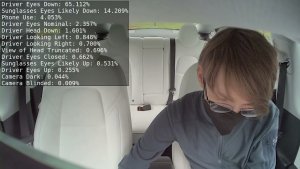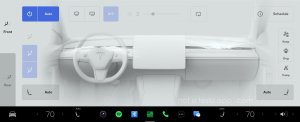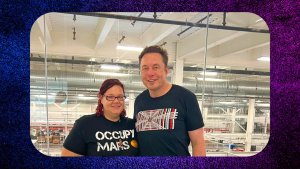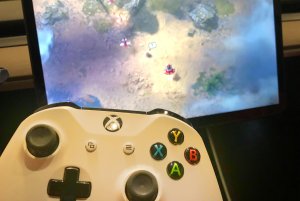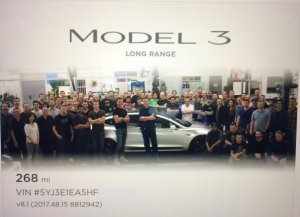Tesla Autonomously Delivers Its First Vehicle to Customer — And It’s More Impressive Than Expected [VIDEO]
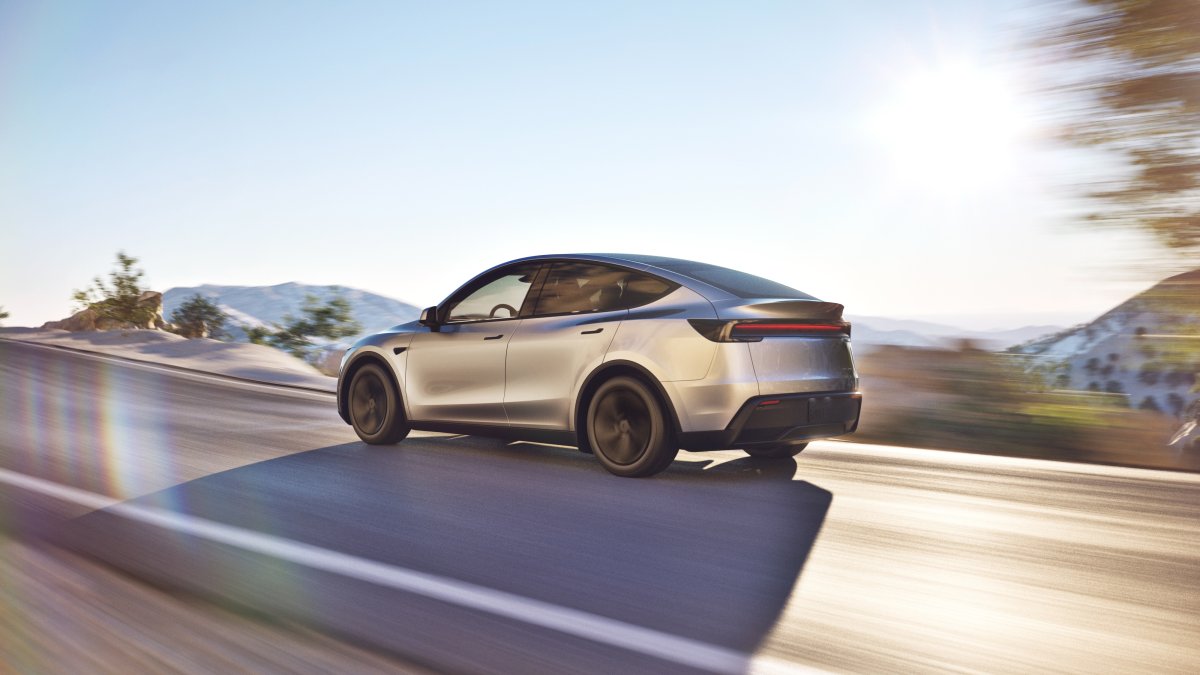
In a world first, Tesla has successfully completed its first fully autonomous delivery of a new vehicle from Gigafactory Texas to a customer’s home. While Musk announced this was coming, some of the details make the achievement even more impressive.
The first fully autonomous delivery of a Tesla Model Y from factory to a customer home across town, including highways, was just completed a day ahead of schedule!!
— Elon Musk (@elonmusk) June 27, 2025
Congratulations to the @Tesla_AI teams, both software & AI chip design!
Traveling on the Highway
A Tesla Model Y left the factory, navigating highways at speeds up to 72mph, a day ahead of Tesla’s previously announced schedule. Most critically, Elon also confirmed two key factors that make this achievement even more impressive than Tesla’s launch of the Robotaxi last week.
There were no Safety Monitors in the car, and no remote operators took control of the Model Y at any time, really making this an amazing achievement.
While the launch of the Robotaxi was an amazing step for Tesla, this one easily takes the cake.
No Safety Monitor, No Passengers, No Limits
The significance of this event lies in just how it differs from the current Robotaxi service operating in Austin.
First and most importantly, there was no Safety Monitor. Nobody was sitting up front, ready to tap one of the emergency stop buttons on the screen. The vehicle was empty, fresh from the factory. This is the unsupervised experience and future that we’ve been waiting for.
Max speed was 72 mph -- Ashok Elluswamy
Why There Was No Safety Monitor
However, there is an important distinction with this autonomous ride — that there were no passengers. This is the crucial regulatory distinction. By operating as a logistics trip rather than as a commercial ride-hailing service, Tesla was likely able to bypass many of the stringent rules governing passenger transport.
This freedom is what enabled the other key difference: operating with fewer restrictions. That included a 72mph top speed on the highway, which is well outside the geofenced Robotaxi Network that’s currently available in Austin.
Yup! Max speed was 72 mph 🏎️
— Ashok Elluswamy (@aelluswamy) June 27, 2025
Ahead of Schedule
This event wasn’t a surprise - Elon had previously stated that Tesla expects the first fully autonomous delivery to happen on June 28th. He even worked some flex time into that, saying the timing could potentially slip into early July.
It turns out that additional time wasn’t needed, as Tesla ended up delivering its first vehicle a day early. It seems that Tesla is pulling data quickly from its fleet of slightly modified Model Ys cruising the streets of Austin, which likely enabled the confidence behind giving this the green light.
Video of the Drive
Tesla shared a video of the entire drive, from the vehicle leaving Giga Texas to it arriving at the customer’s home. The entire ride took 30 minutes, crossing parking lots and going on the highway.
While there are some disadvantages to autonomous deliveries, they could lower the cost of a vehicle significantly.
World's first autonomous delivery of a car!
— Tesla (@Tesla) June 28, 2025
This Tesla drove itself from Gigafactory Texas to its new owner's home ~30min away — crossing parking lots, highways & the city to reach its new owner pic.twitter.com/WFSIaEU6Oq
Challenging Uber Eats and Others
This successful delivery is another fantastic use case for FSD that could be another entire business in and of itself for Tesla. The ability to autonomously move vehicles, potentially with cargo inside them, has massive implications for both Tesla’s factory-to-customer logistics, as well as challenging other services like Uber Eats and Skip the Dishes down the road.
Additionally, logistics-focused autonomy may be easier to scale than the Robotaxi network. It sidesteps many of the complex safety, liability, and customer-facing service challenges that come with carrying human passengers. This could be a faster and clearer path for regulatory approval.
Fork in the Road
But it's more than just a new business.
Back in 2022, Elon commissioned an art piece that now stands outside Giga Texas. It is, quite literally, A Fork in the Road. Part of Elon’s greater goal is to ensure we pass Fermi’s Great Filters, and that means ensuring we generate green energy, electrify and automate transportation, and move towards sustainable abundance.
Two years ago, I commissioned an art piece: A Fork in the Road.
— Elon Musk (@elonmusk) December 7, 2024
Had to make sure that civilization took the path most likely to pass the Fermi Great Filters. pic.twitter.com/mYFzdAy6WF
The point of the fork here is that Tesla’s first autonomous delivery isn’t just a publicity stunt. We’re finally here, at the fork in the road. We’ve hit it - true autonomous capabilities being demonstrated on public highways under a specific and challenging set of conditions. That’s a true Level 4 autonomous capability with no one in the car.
While Robotaxi is a fantastic step towards changing personal transport, this successful delivery proves that there are even more uses to FSD beyond what we’ve seen so far.











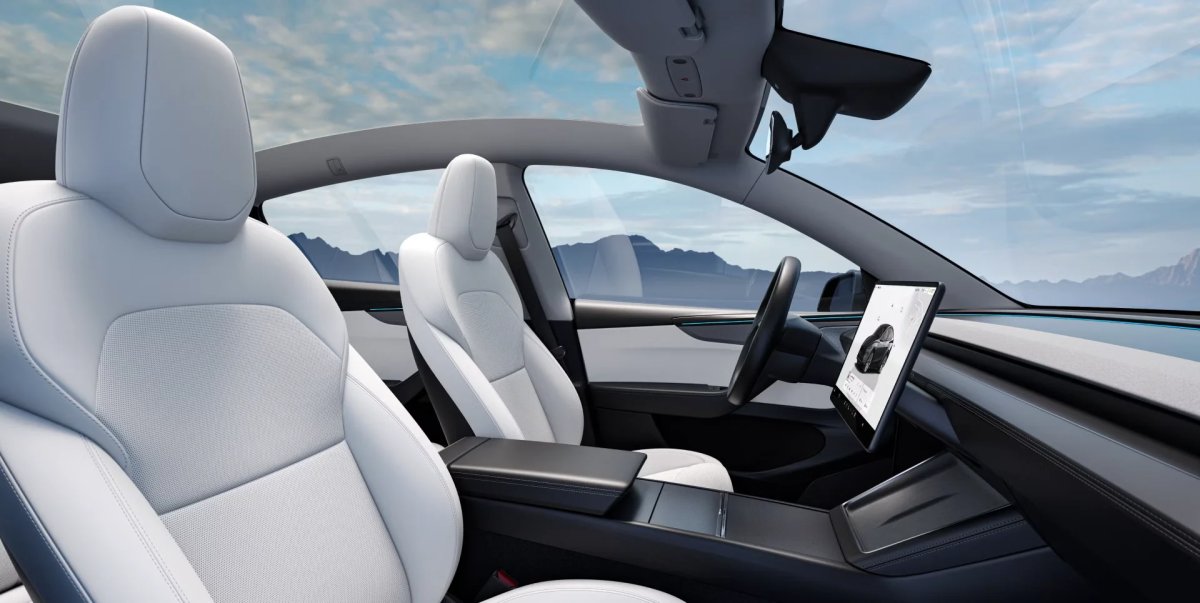
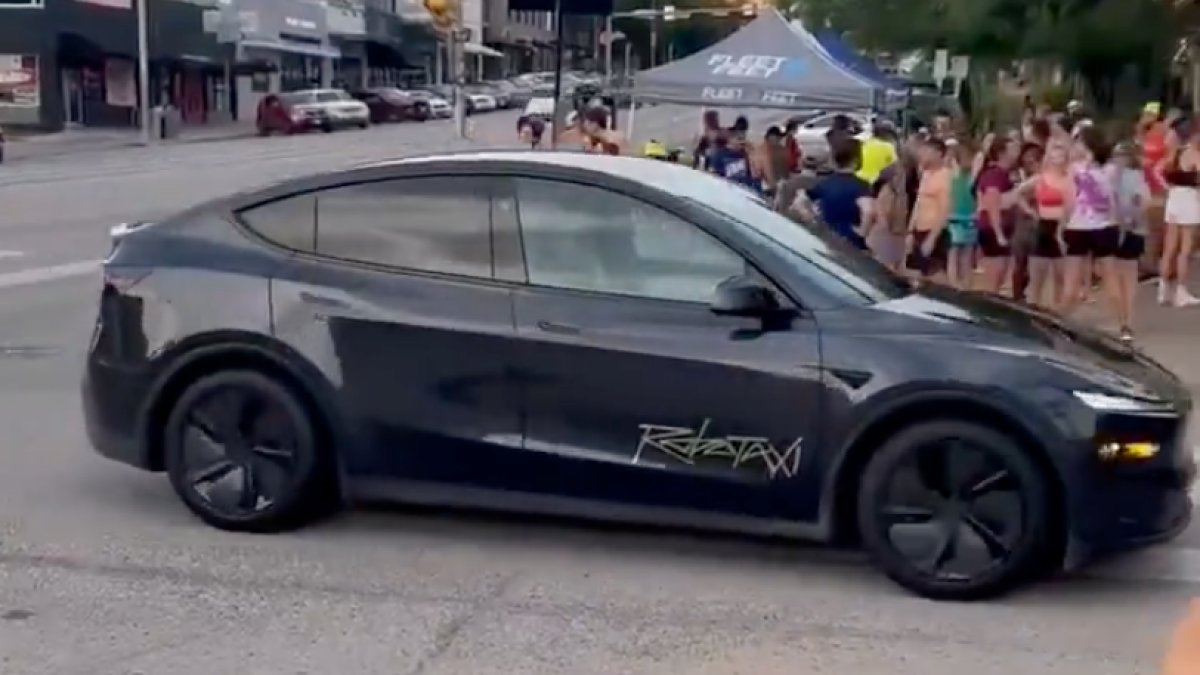


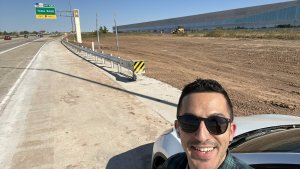
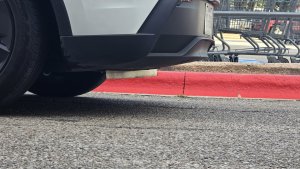
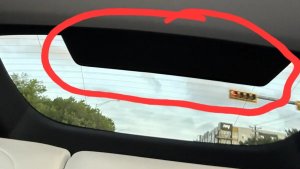

_300w.png)
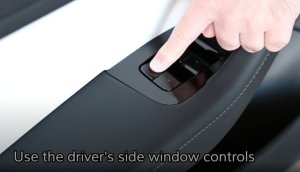
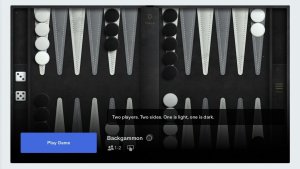

![First Recorded Tesla Robotaxi Intervention: UPS Truck Encounter [VIDEO]](https://www.notateslaapp.com/img/containers/article_images/2025/robotaxi_model_y.jpg/3036d8b53214c2d071c978c42911e451/robotaxi_model_y.jpg)
![First Look at Tesla's Robotaxi App and Its Features [PHOTOS]](https://www.notateslaapp.com/img/containers/article_images/tesla-app/robotaxi-app/robotaxi-app-tips.webp/e643a61975bf712d18dc9aa9a48fdb01/robotaxi-app-tips.jpg)
![Tesla’s New Camera Cleaning Feature and the Future of Cleaning Robotaxis [VIDEO]](https://www.notateslaapp.com/img/containers/article_images/2024/windshield-rain-droplets.jpg/8335f3020509dab3cdb56c1a91d054a9/windshield-rain-droplets.jpg)
![Tesla Launches Robotaxi: Features, Robotaxi App, Command Center and First Impressions [VIDEO]](https://www.notateslaapp.com/img/containers/article_images/2025/robotaxi_rear_screen.jpg/bf5ea088bdebda8ca7e0aa1503b69f4e/robotaxi_rear_screen.jpg)
